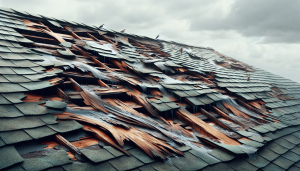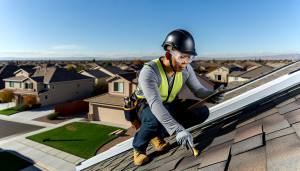If you’re asking, ‘how long does a shingle roof last?’ expect anywhere from 15 to 30 years—or even more with premium materials. This guide offers a closer look at the lifespan of various shingle types, such as asphalt, architectural, and cedar shakes, and the key factors like climate and maintenance that can extend or reduce your roof’s longevity.
Table of Contents
ToggleKey Takeaways
- The lifespan of shingle roofs varies from 15 to 40 years, influenced by factors like shingle quality, climate, installation quality, and maintenance. Types discussed include asphalt (15-30 years), architectural (25-30 years), and cedar shake (up to 40 years with maintenance).
- Proper installation, regular maintenance, and addressing climate impacts are critical for maximizing the lifespan of shingle roofs. Tasks such as cleaning gutters, removing debris, and conducting inspections can prevent minor issues from escalating.
- When choosing roofing materials, consumers should conduct a cost-benefit analysis considering initial cost, maintenance over time, and overall lifespan. Regular professional inspections and quality installations by reputable contractors ensure sound investment in roofing.
The Average Lifespan of Shingle Roofs
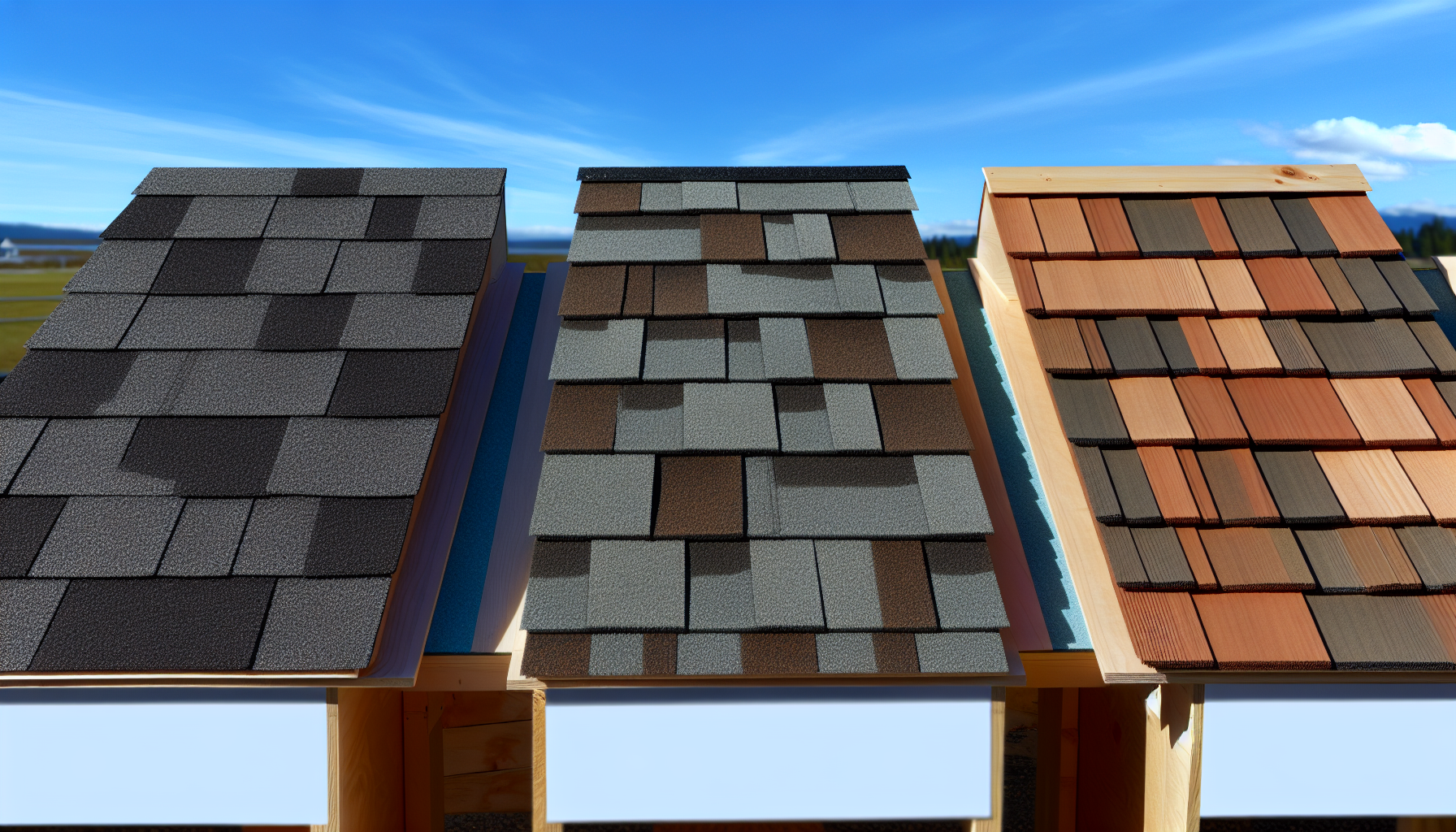
Shingle roofs are known for their durability and affordability, making them a popular choice for homeowners. A well-maintained shingle roof can last anywhere from 15 to 40 years, depending on the type of shingles used. However, this lifespan is not set in stone, as various factors can influence it, including the quality of the materials, the climate, and the quality of the installation.
This article will examine various types of shingles and their average lifespan. We’ll begin with the most popular choice – asphalt shingles, followed by their premium counterparts – architectural shingles, and finally, we’ll discuss cedar shake shingles known for their natural longevity.
Asphalt Shingles: The Popular Choice
Asphalt shingles are favored for residential roofs because of their affordability, durability, and versatility. These shingles replicate the appearance of more costly materials, making them an attractive option for homeowners on a budget. The typical lifespan of an asphalt shingle roof ranges between fifteen to thirty years, but with high-quality asphalt shingle roofs and proper installation, this duration can extend up to forty years.
The lifespan of an asphalt roof is significantly influenced by:
- The quality of the shingles. Higher quality shingles are more durable and consequently have a longer lifespan compared to lower quality ones.
- Regular maintenance, including tasks such as cleaning gutters, minimizing moss and algae growth, eliminating nearby tree branches, and clearing organic debris.
- Addressing immediate roof repairs through a qualified contractor is crucial to uphold the roof’s structural soundness.
Architectural Shingles: Enhanced Durability
Homeowners can opt for roof shingles, such as architectural shingles, or a metal roof, both premium roofing options that beautifully blend durability and aesthetic appeal. These shingles, also known as dimensional or laminate shingles, are thicker and heavier than their traditional 3-tab counterparts, providing superior weather resistance and a longer lifespan of 25-30 years.
But what makes architectural shingles more durable? Unlike traditional shingles that have a single layer of roofing material, architectural shingles have multiple layers bonded together for added strength. These shingles are designed to withstand harsh weather conditions and extreme temperatures, offering homeowners peace of mind and a good return on their investment.
Cedar Shake Shingles: Natural Longevity
Cedar shake shingles are an excellent choice for homeowners seeking a natural, rustic look. Crafted from premium quality wood, these shingles are known for their durability and long lifespan, which can extend up to 40 years with proper maintenance.
Cedar wood possesses certain inherent qualities that contribute to the longevity of shingles. This includes its ability to withstand extreme weather conditions without cracking or breaking, its natural oils and resins that repel insects and prevent rotting and decay, and its resistance to decay, rot, and insect damage. However, cedar shake shingles require more maintenance than other types, including protective treatments every one to three years to mitigate degradation, buckling, rot, and fire hazards.
Additionally, it is advisable to cleanse the shingles every five to seven years using a solution of bleach and water.
Key Factors That Influence Your Shingle Roof’s Life

While the type of shingle plays a significant role in determining the lifespan of a shingle roof, other factors also come into play. These include the climate in your region, the quality of the installation, and the regularity and quality of maintenance your roof receives.
The sections below provide a more detailed analysis of these factors. We will begin by discussing how the climate can impact your shingle roof’s life, move on to the importance of professional installation, and conclude with the role of regular maintenance.
Climate’s Impact on Shingle Roofs
Your local climate can have a significant impact on your shingle roof’s lifespan. Extreme weather conditions such as:
- heavy snow
- intense rains
- high winds
- scorching sun
Environmental factors can cause wear and tear on your clay tile roofs and metal roofs, reducing their lifespan and making it crucial to ensure your roof last.
Temperature fluctuations can also prove damaging. Thermal cycling, or the expansion and contraction of asphalt shingles between hot and cold weather, can compromise their durability. For instance, shingles can crack and warp in high heat, while cold temperatures can make them brittle and more prone to breakage. Therefore, if you live in a region with extreme weather conditions or significant temperature fluctuations, you may need to replace your shingle roof sooner than the average lifespan suggests.
Importance of Proper Installation
The lifespan of a shingle roof is heavily dependent on its proper installation. A correctly installed roof can endure its full lifespan, while an improperly installed one can lead to premature failure. Factors such as poor workmanship, inadequate attic ventilation, and improper nailing can all contribute to an improperly installed roof.
To ensure your shingle roof is installed correctly, it’s crucial to hire a professional roofing contractor. They will have the necessary knowledge, skills, and tools to ensure your shingle roof is installed accurately and safely. Proper installation not only extends the life of your roof but also maintains the structural integrity of your home and keeps your family safe.
The Role of Regular Maintenance
Regular maintenance is key to extending the lifespan of a shingle roof. By regularly inspecting your roof and performing necessary repairs, you can detect and address minor issues before they escalate into major problems.
Maintenance tasks for your roof include:
- Cleaning gutters
- Minimizing moss and algae growth
- Removing nearby tree branches
- Clearing organic debris from the roof
It is also important to address any immediate roof repair needs through a qualified contractor to uphold the roof’s structural soundness.
Regular maintenance not only extends the life of your roof but also helps you safeguard your investment and optimize your roof’s long-term value.
When Is It Time for Roof Replacement?
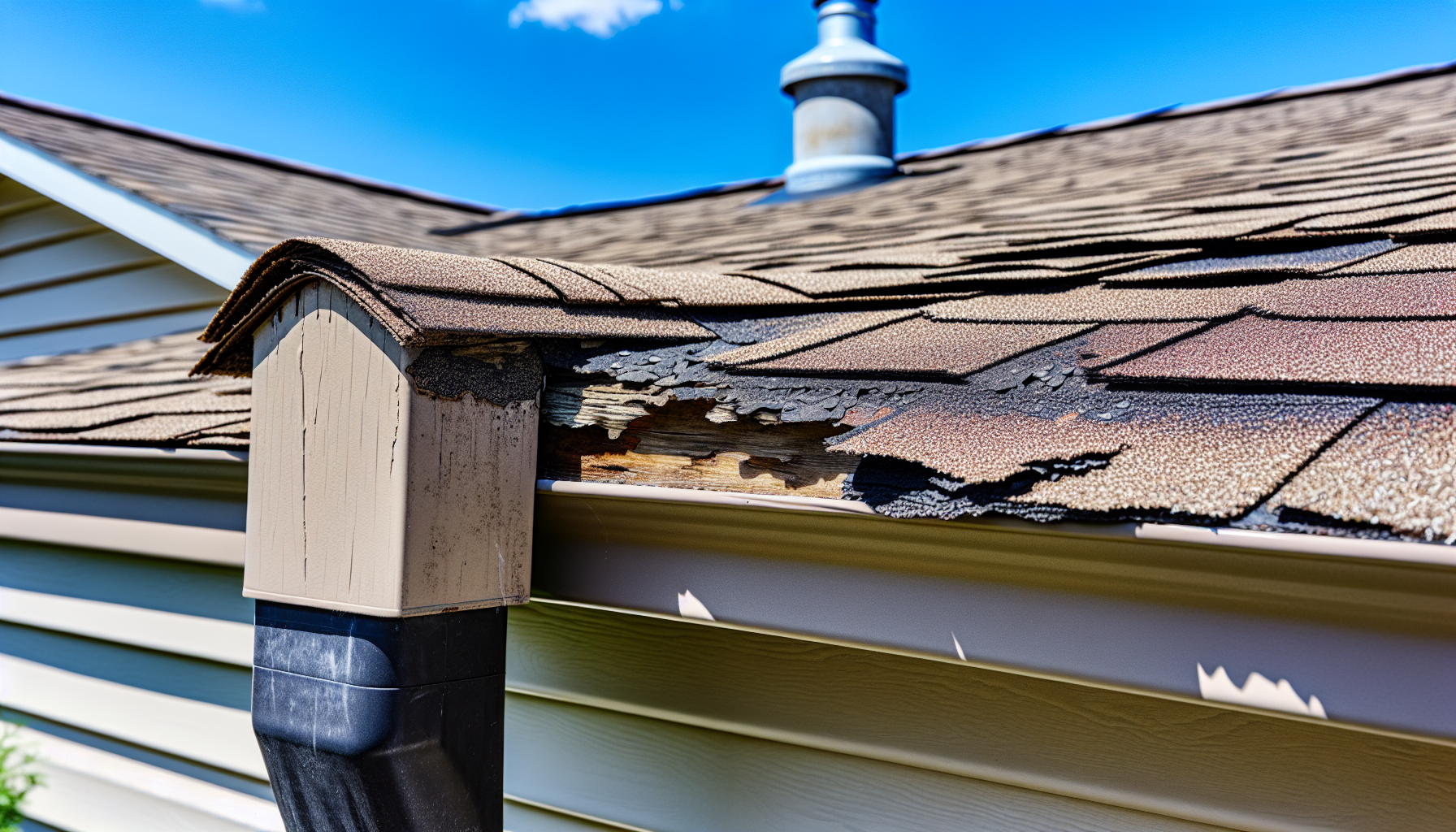
Recognizing when it’s time to replace your roof is crucial to maintaining your home’s value and preventing further damage. While regular maintenance can prolong your roof’s life, there will come a point when repairs are no longer enough, and a full replacement is necessary.
The upcoming sections will guide you on how to identify signs of wear and tear, assess storm damage, and determine the right time for a roof replacement. This knowledge can help you make timely decisions and avoid costly repairs down the line.
Spotting Signs of Wear and Tear
Identifying signs of wear and tear is crucial to determine the right time for a roof replacement. Regular inspections can help you identify these signs early on and prevent minor issues from becoming major problems.
Common signs of deterioration on shingle roofs include:
- Missing shingles
- Bruised, blistered, curled, or cupped shingles
- Cracked shingles
- Buckling shingles
If you notice any of these signs, it may be time to consider a roof replacement. Keep in mind that the absence of shingles can result in leaks and can have a detrimental effect on the roof’s longevity if not promptly rectified.
Assessing Storm Damage
Storms can significantly damage your roof, potentially necessitating a full replacement. After a severe storm, it’s important to assess your roof for any damage and consult with a professional roofing contractor to determine the best course of action.
Professional roofing companies offer comprehensive inspections to detect any storm damage and deliver precise evaluations for insurance claims. So, if your area has recently experienced a severe storm, consider having a roofing company inspect your roof. They can help you understand the extent of the damage and advise you on whether repairs or a full replacement are necessary.
Enhancing Your Roof’s Lifespan: Tips and Tricks
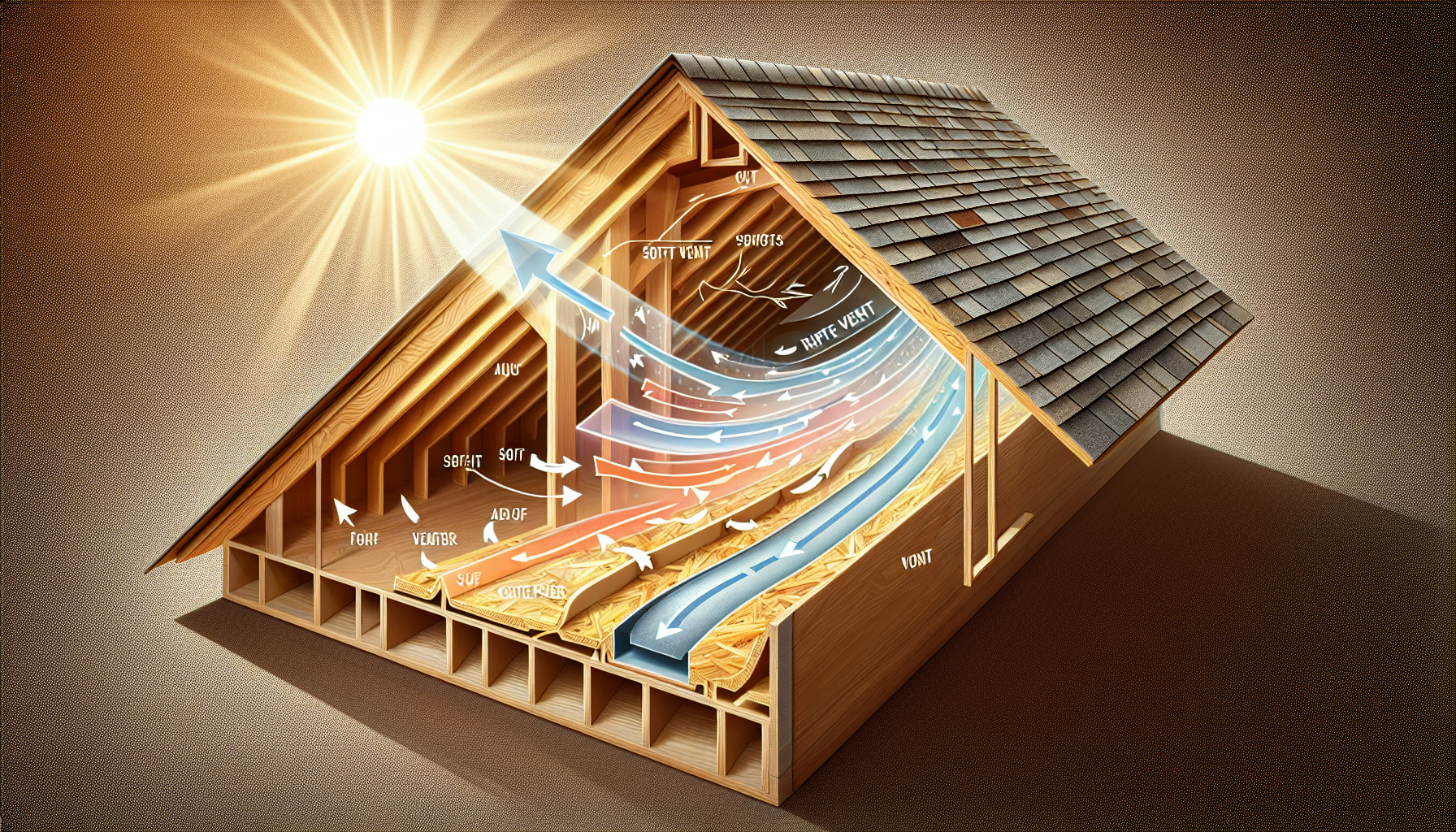
While the lifespan of a shingle roof can be influenced by factors out of your control, such as the climate, there are still ways to enhance your roof’s lifespan. This includes ensuring proper ventilation and taking preventive measures against weather damage.
The upcoming sections will provide practical tips to maximize your roof’s lifespan and optimize your investment.
Ensuring Proper Ventilation
Ensuring proper ventilation is key to extending a shingle roof’s lifespan. It helps regulate temperature and moisture levels in the attic, preventing damage to the roof and the underlying roofing components.
Sufficient ventilation mitigates the accumulation of heat and moisture, which can potentially harm the shingles and the underlying roofing components. Implementing effective ventilation techniques, such as soffit and ridge vents for air intake and exhaust, as well as turbine vents to optimize airflow through wind energy, can significantly contribute to this objective and prevent poor roof ventilation.
Preventive Measures Against Weather Damage
Preventive measures can go a long way in protecting your roof from weather damage. This includes pruning nearby trees, clearing debris from the roof, and ensuring proper attic insulation.
Adding an extra layer of waterproofing material can further enhance the protective barrier against weather elements. Implementing these preventive measures can help you avoid costly repairs or replacements down the line and prolong the life of your roof.
The Cost-Benefit Analysis of Roof Materials

When investing in a shingle roof, it’s important to consider the costs and benefits of different roofing materials. This includes not only the initial installation cost but also the long-term maintenance costs and the potential lifespan of the roof.
The following sections will conduct a detailed cost-benefit analysis, comparing asphalt shingles to other materials and examining the long-term savings of premium versus standard shingles.
Weighing Asphalt Shingles Against Other Materials
Many homeowners favor asphalt shingles due to their affordability and durability. However, when considering your roofing options, it’s important to weigh the pros and cons of asphalt shingles against other materials, such as metal or tile.
While asphalt shingles may have a lower initial cost, other materials may offer greater durability and a longer lifespan. Therefore, it’s important to consider not only the initial cost but also the long-term investment.
Long-Term Savings: Premium Shingles vs. Standard Options
Considering the long-term savings of premium versus standard shingles is important when investing in a new roof. While premium shingles may have a higher initial cost, they offer a longer lifespan and lower maintenance costs.
Investing in premium shingles can result in long-term cost savings by minimizing the frequency of roof repairs. Premium shingles provide improved durability and aesthetic appeal, which can contribute to the overall value of your home.
Expert Roof Inspection: Why It Matters
Frequent expert roof inspections are vital for prolonging the life of your shingle roof. They can help identify potential issues early on and prevent minor problems from becoming major ones that require costly repairs or replacements.
It’s recommended to have a professional inspect your shingle roof at least twice a year. Additionally, after half of the roof’s expected lifespan has passed, it’s advisable to schedule a professional inspection every three to four years. This proactive approach can help you optimize your roof’s lifespan and get the most out of your investment.
Navigating Roof Repairs and Replacement Decisions
Choosing between roof repairs and a full roof replacement can be quite complex. There are many factors to consider, including the age and condition of your roof, the extent of the damage, and your budget.
Consulting with a professional roofing contractor can help you navigate this decision. They can provide you with an expert assessment of your roof’s condition and recommend the best course of action, whether that’s a few minor repairs or a full replacement.
Maximizing Investment: Selecting Quality Roofing Solutions
Selecting quality materials and hiring a reputable roofing contractor is essential to maximize your investment in a shingle roof. This will ensure that your roof is:
- Properly installed
- Properly maintained
- Extended lifespan
- Maximizing your return on investment.
When choosing a roofing contractor, consider their experience, reputation, and the quality of the materials they use. Remember, a higher initial cost can often result in long-term savings in terms of reduced maintenance costs and a longer roof lifespan.
Summary
Understanding the lifespan of a shingle roof and the factors that influence it is crucial for maintaining your home and protecting your investment. From selecting the right type of shingles to ensuring proper installation and regular maintenance, there are many ways to extend the life of your roof.
Remember, a roof is more than just a protective covering for your home. It’s a long-term investment that can add value to your property and enhance its aesthetic appeal. So, make informed decisions, choose quality materials, and work with reputable professionals to get the most out of your investment.
Frequently Asked Questions
Do 30 year shingles really last 30 years?
No, a 30-year shingle will not really last 30 years. The expected service life, if properly cared for, is approximately 25 years, and may last 12 to 15 years if not cared for properly.
What is the average life expectancy of a shingle roof?
The average life expectancy of a shingle roof is between 15 and 30 years, depending on the weather conditions, climate, and the type of asphalt shingle used. Architectural (dimensional) shingles can last up to 30 years, while three-tab shingles last about 15 to 20 years.
What factors influence the lifespan of a shingle roof?
The type of shingles, quality of installation, climate, and maintenance frequency and quality are key factors influencing the lifespan of a shingle roof. These factors determine how long your roof will last.
What are the signs that it’s time for a roof replacement?
If you notice missing, bruised, blistered, curled, or cracked shingles, or if shingles are buckling, it’s time to consider a roof replacement.
How often should I have my shingle roof inspected?
It’s recommended to have your shingle roof inspected at least twice a year, with professional inspections scheduled every three to four years after half of the roof’s expected lifespan has passed. This ensures timely maintenance and prolongs the roof’s longevity.

